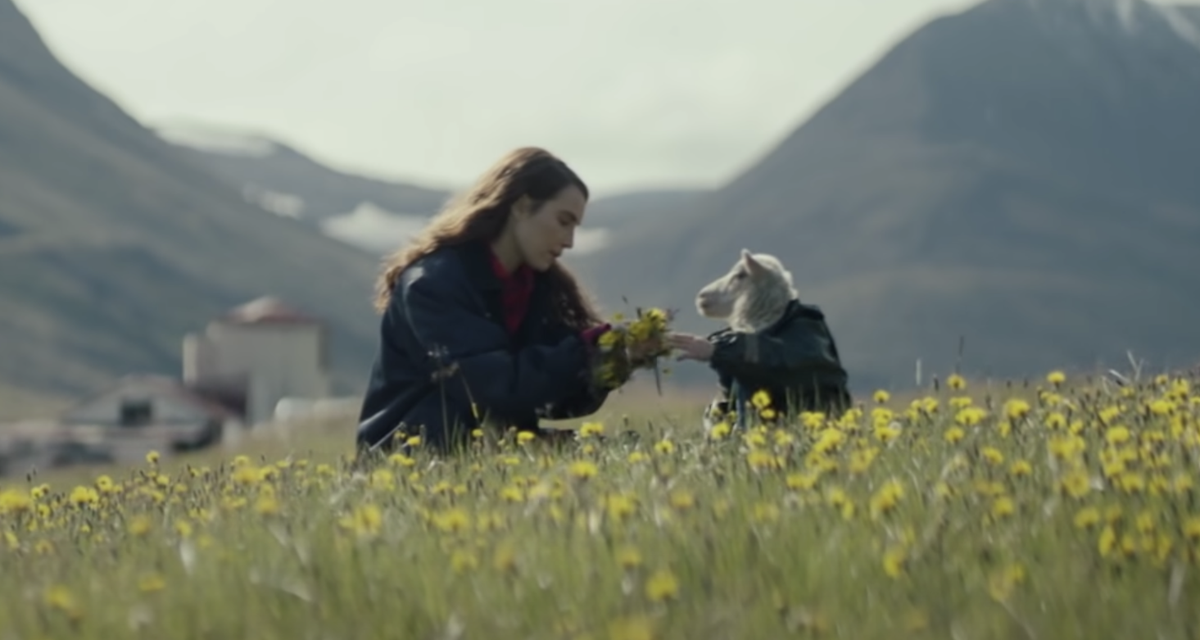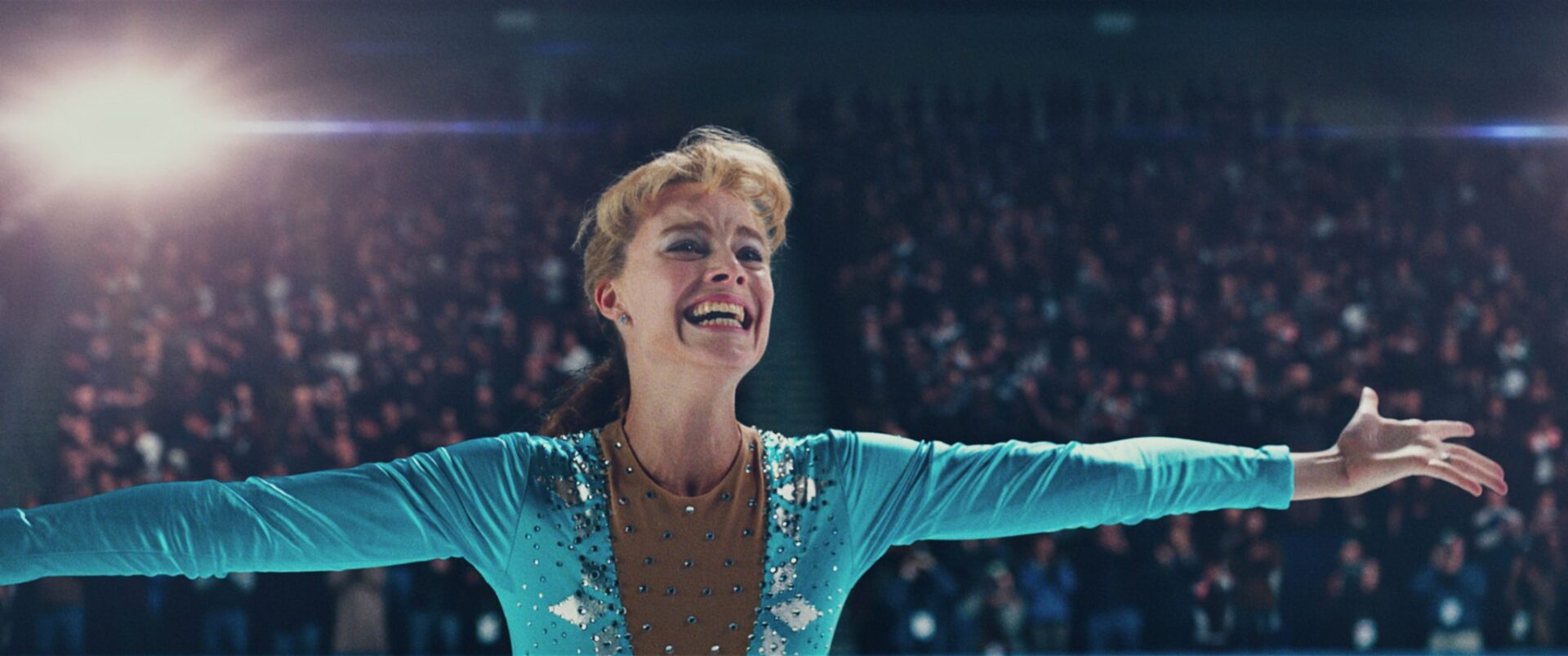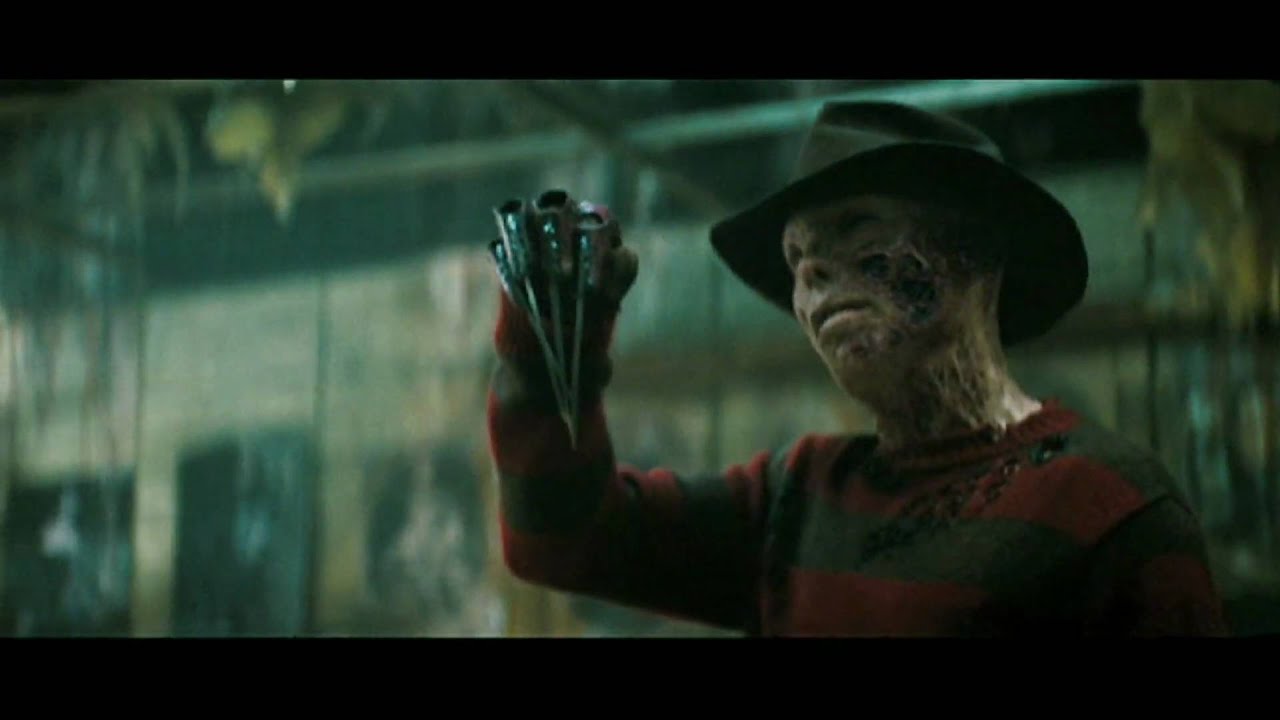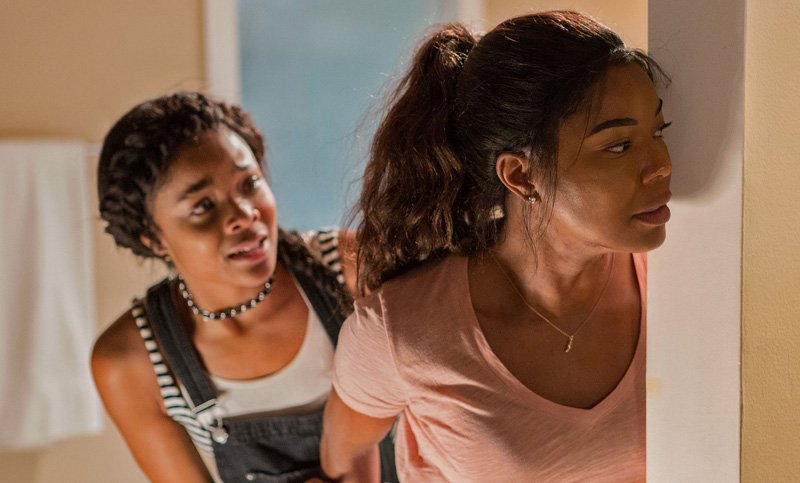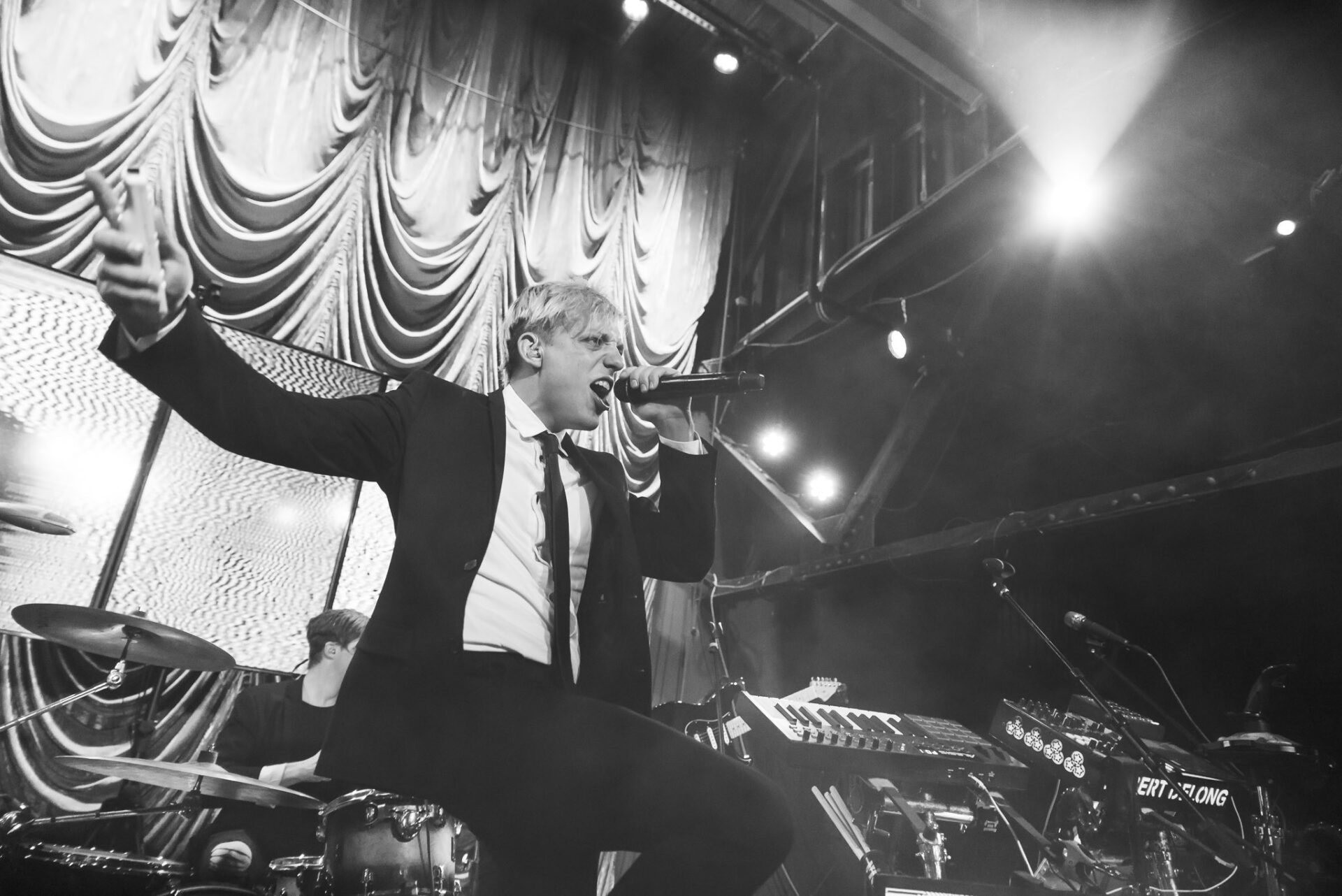The beginning of Valdimar Jóhannsson’s Lamb could be used as a beautiful, tranquil rural Icelandic vacation advertisement. At first, we see the daily routine of married couple Maria (Noomi Rapace) and Ingvar (Hilmir Snaer Gudnason). Feed the sheep and chickens food, gather the harvest, fix the tractor – rinse and repeat. A tool that Jóhannsson uses is silence. As Maria and Ingvar eat their breakfast, they say a couple of words and go back to their routine – feeling like a robotic meditation. It’s a lively barn, but the humans lack the energy to match. Eli Arenson’s camera work highlights the mountains, endless terrain, and cloudy, clear atmosphere that isolates them from the rest of the world. But on a conventional day when they help the birthing of lambs, something is amiss about one. Something impossible and unnatural. A half-human/half-lamb hybrid turns their world upside down. Thus, Lamb investigates the root of human/animal relationships – or calls them into question completely.
You don’t see the bodily make-up of the name at first. There are quick cuts of baby legs in a crib as the film gets going. Jóhannsson prefers to keep things close to the guest and slowly introduce them to the audience. By the reactions of Maria and Ingvar, you wouldn’t even have known something was wrong. They both immediately play the parent role with no hesitation. Previously, they both experienced tragedy after losing a child. Despite being within the breathtaking landscape of their home, the isolation feels like a living tomb. This ‘miracle’ (they name the new child Ava after their deceased one) slowly breathes life back into their home and marriage.
Every action has a consequence. Jóhannsson and Sjón’s story makes us consider how humans view animals. We do share DNA lineage and instincts, indeed. Being at the top of the food chain has filled humans with an eminent domain arrogance. Where we don’t see animals capable of having families and being mothers and fathers. The female ewe increasingly gets irritated. Maria has taken on the mother role of the lamb that she birthed. Maria’s attitude towards the ewe becomes confrontational. Jóhannsson’s commentary on this folklore is that humans feel entitled to pillage from nature – expecting no blowback. So, the audience will feel internal conflict. You can’t replace a lost life, no matter what totem you place within that hole. However, there’s no denying that with Ava’s arrival, everything is hunky-dory.
In Lamb, there are only three human characters that we come across. Halfway through the film, Ingvar’s brother Pétur (Björn Hlynur Haraldsson) shows up. In his own right, a former music star has the natural reaction to Ava, as anybody outside this absurd situation would. However, it’s the happiest he’s seen Maria and Ingvar in a long time. So, he commits, even after contemplating ending Ava’s life. The other animals, like the family dog, know that something is wrong. While the composition of Ava is a combination of actors and CGI, it’s her facial quirks that make the most of her character. Almost as if she has to choose what part of her lives on as she gets older.
There’s an overall presence that hovers around the farm. The sheep cower in fear as depicted within their eyes, and it makes its impact at the end. Lamb‘s conclusion is rather abrupt, not giving any concrete finality to the mirage of blissful weirdness throughout the runtime. It might rub viewers the wrong way if you were looking for definite answers. However, the mysteries of nature rarely spoon-feeds us a sense of inclusiveness. Things happen for unexplained reasons. However, the concepts of grief, parenthood, and the need to protect those we love are universal, no matter what species you are. Lamb has a methodical indulgence for the peculiar, but in an offbeat and heartwarming way.
Photo Credit: A24

